By Film Noir Blonde and Mike Wilmington
The Film Noir File is FNB’s guide to classic film noir, neo-noir and pre-noir on Turner Classic Movies (TCM). All movies below are from the schedule of TCM, which broadcasts them uncut and uninterrupted. The times are Eastern Standard and (Pacific Standard).
Pick of the Week:
“Born to Kill” (1947, Robert Wise). 11 p.m. (8 p.m.). Wed., June 25.
Most men are turnips.
So says soigné and sassy femme fatale Helen Brent (Claire Trevor) in RKO’s “Born to Kill” from 1947, directed by Robert Wise.
Most men, perhaps, but not the homme fatale she falls for. No, strapping tough-guy Sam Wild (Lawrence Tierney) isn’t a turnip. What’s the word I’m looking for? Parsnip? Potato? I know: Psycho! And in Helen he finds his ideal match.
Read the full review in FNB, posted Nov. 7, 2012. Link coming asap!
Friday, June 20
Famous Screen Detectives Day: A day with some legendary hard-boiled (or not) film and literary sleuths, including Dashiell Hammett’s Sam Spade and Nick and Nora Charles and Raymond Chandler’s Philip Marlowe.
6 a.m. (3 a.m.): “The Thin Man” (1934, W. S. (“One Shot Woody”) Van Dyke). With William Powell, Myrna Loy, Maureen O’Sullivan, Porter Hall and Asta. Reviewed in FNB July 28, 2012.
7:45 a.m. (4:45 a.m.): “The Maltese Falcon” (1941, John Huston). With Humphrey Bogart, Mary Astor, Sidney Greenstreet, Peter Lorre, Ward Bond and Elisha Cook, Jr. Reviewed in FNB on March 11, 2014.
9:30 a.m. (6:30 a.m.): “The Big Sleep” (1946, Howard Hawks, 1946). With Humphrey Bogart, Lauren Bacall, Dorothy Malone and Elisha Cook, Jr.). Reviewed in FNB on May 15, 2014.
11:30 a.m. (8:30 a.m.): “Laura” (1944, Otto Preminger). With Gene Tierney, Dana Andrews, Clifton Webb, Vincent Price and Judith Anderson. Reviewed in FNB on April 18, 2014.
1 p.m. (10 a.m.): “Murder, My Sweet” (1944, Edward Dmytryk). With Dick Powell, Claire Trevor, Anne Shirley and Mike Mazurki. Reviewed in FNB on Feb. 15, 2012,
2:45 p.m. (11:45 a.m.): “Harper” (1966, Jack Smight). With Paul Newman, Janet Leigh, Lauren Bacall, Julie Harris, Shelley Winters, Robert Wagner and Arthur Hill. Reviewed in FNB on Dec. 4, 2012.
Saturday, June 21
1:45 p.m. (10:45 a.m.): “Ocean’s Eleven” (1960, Lewis Milestone). With Frank Sinatra, Dean Martin, Sammy Davis, Jr., Peter Lawford and Angie Dickinson. Reviewed in FNB on May 1, 2013.
4 p.m. (1 p.m.): “Bullitt” (1968, Peter Yates). With Steve McQueen, Jacqueline Bisset, Robert Duvall and Robert Vaughn. Reviewed in FNB on Oct. 27, 2012.
6 p.m. (3 p.m.): “Key Largo” (1948, John Huston). With Humphrey Bogart, Lauren Bacall, Edward G. Robinson, Lionel Barrymore and Claire Trevor. Reviewed in FNB on Aug. 10, 2012.
12 a.m. (9 p.m.): “Blowup” (1966, Michelangelo Antonioni). A high-living London star photographer in the Swinging ’60s (David Hemmings) photographs a halcyon scene in a beautiful park and then discovers that he may have accidentally recorded a murder happening before his (and our) eyes. One of the great international art films of the ’60s, and a great neo-noir. The scene where Hemmings deconstructs and reassembles the murder scene in his dark room and lab is a masterpiece of editing and suspense. With Vanessa Redgrave, Sarah Miles, Jane Birkin and The Yardbirds. Based on a short story by Julio Cortazar. Music by jazzman Herbie Hancock.
Sunday, June 22
2 p.m. (11 a.m.): “The Wrong Man” (1956, Alfred Hitchcock). With Henry Fonda, Vera Miles, Anthony Quayle and Harold J. Stone. Reviewed in FNB on Nov. 17, 2012.
Monday, June 23
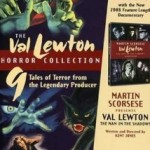
10:45 a.m. (7:45 a.m.): “The Seventh Victim” (1943, Mark Robson). A persistent young woman (Kim Hunter) searches for her missing sister in a New York City that may literally have gone to the Devil. One of the best of the classic Val Lewton RKO low-budget horror movies. With Tom Conway and Jean Brooks.
Tuesday, June 24
1:15 a.m. (10:15 p.m.): “No Orchids for Miss Blandish” (1948, St. John Legh Clowes). With Jack La Rue and Linden Travers. Reviewed in FNB on Oct. 6, 2012.
Wednesday, June 25
Lawrence Tierney Night
One of the toughest of the film noir tough guys – as hard-boiled and rough-edged off-screen as he was on-screen – was that inimitable hard-ass hooligan Lawrence Tierney. Tierney, who had a glare that could stop a truck and a hand made for an uppercut or a gat, mostly operated in Poverty Row shows and B-movies, occasionally slipping into a glossier A-film like Duke Wayne’s “Back to Bataan,” in a supporting role.
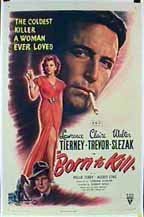
Tierney’s masterpiece, and a movie in which he genuinely puts your nerves in the shredder and your blood on ice is this column’s Pick of the Week, “Born to Kill” (see above) in which he plays a killer’s killer. If you think you may have seen him, but you haven’t caught any of the movies listed below, you may be recalling his inspired turn as the tough old guy running the show in Quentin Tarantino’s “Reservoir Dogs.”
(By the way, he was not related to Gene Tierney.)
Lawrence Tierney Night starts at 8 p.m. EST (5 p.m. PST ) with his most famous role in “Dillinger” (1945, Max Nosseck), and continues (all times EST) with “Badman’s Territory” (9:15 p.m.), “Born to Kill” (11 p.m.), “The Hoodlum” (12:45 a.m.), “Step By Step” (2 a.m.), “Back to Bataan” (3:15 a.m.) and the 1946 version of “San Quentin” (5 a.m.).






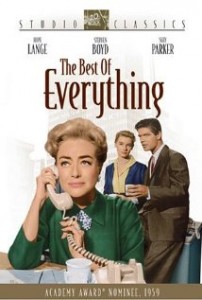
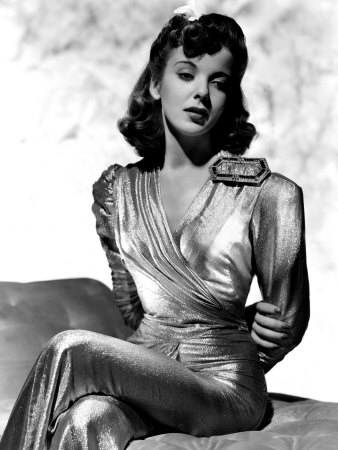
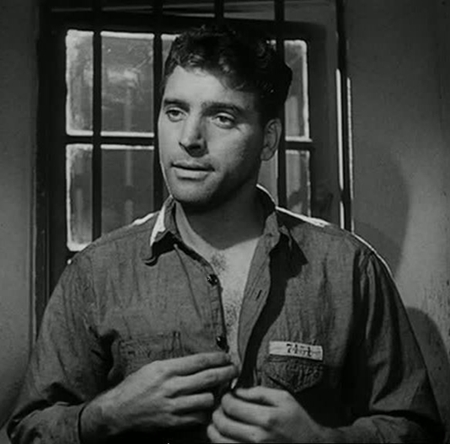
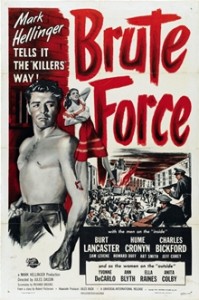
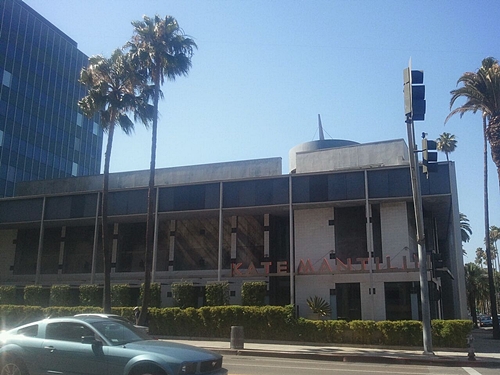


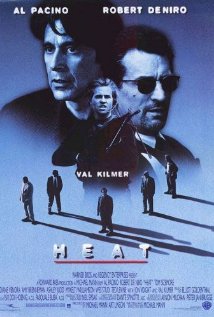

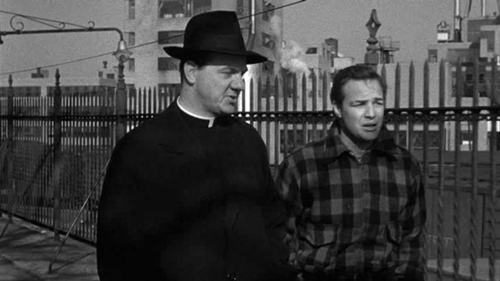
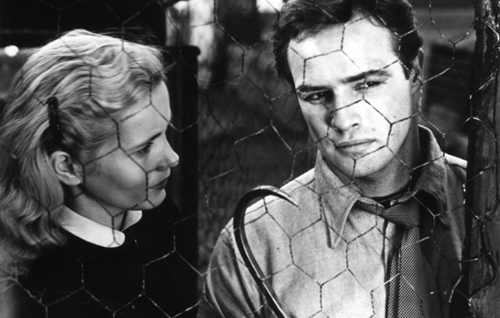
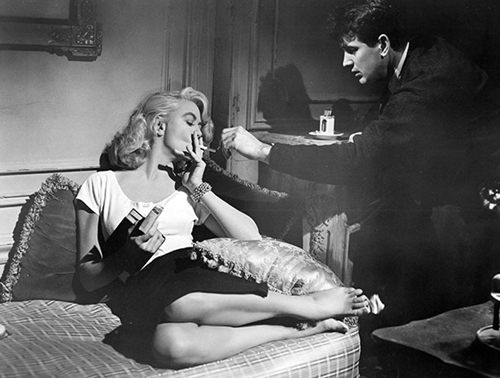
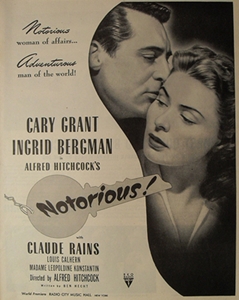
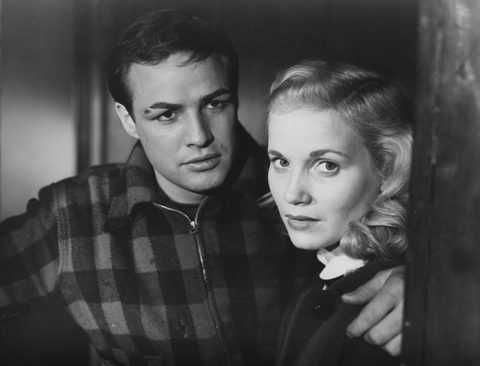
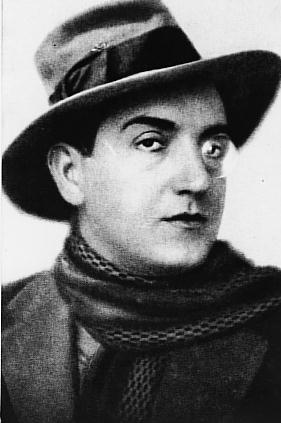
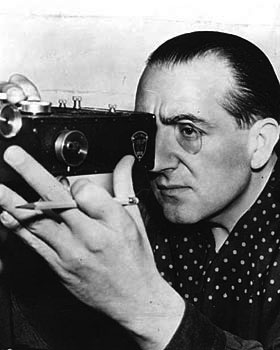
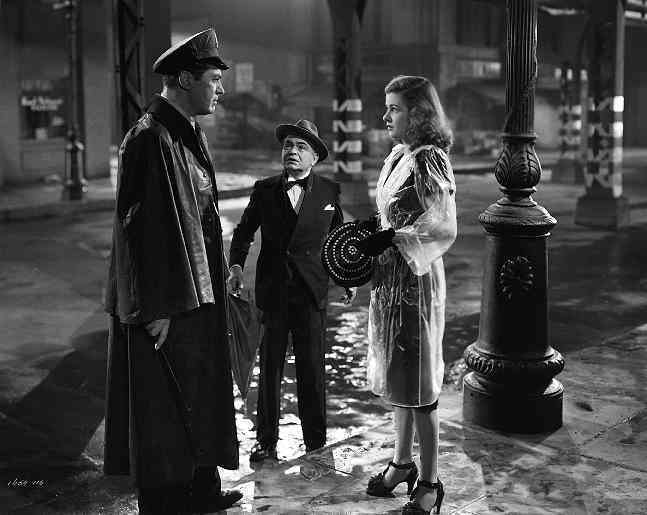
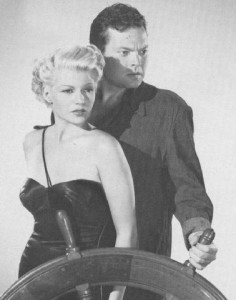
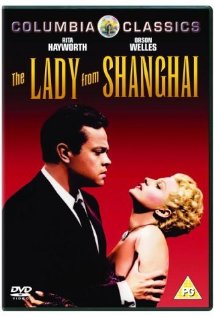






From FNB readers